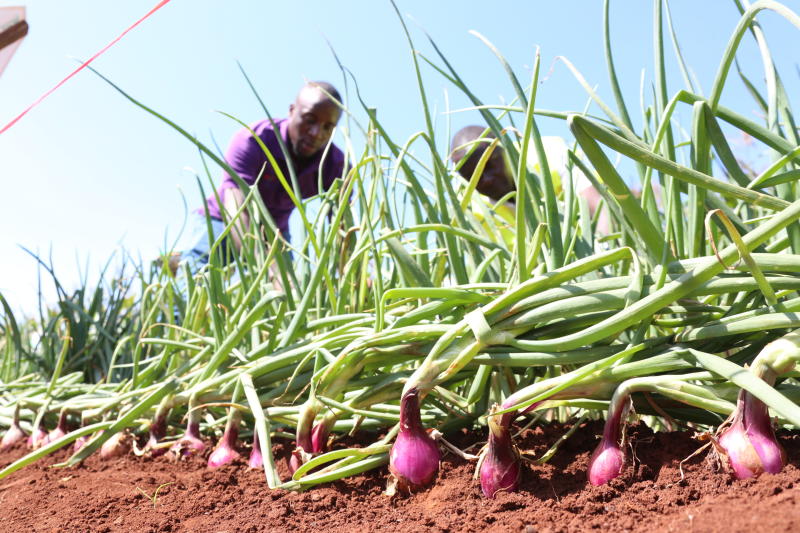×
The Standard e-Paper
Home To Bold Columnists

The Government should cut wastage in the public sector and trim the wage bill if attempts at fiscal consolidation are to bear fruit.
This is according to the Kenya Economic Update, 2018 where the World Bank further cautioned that the country’s economic growth was threatened by budget cuts to development expenditure whereas the focus should be on cutting recurrent spending.